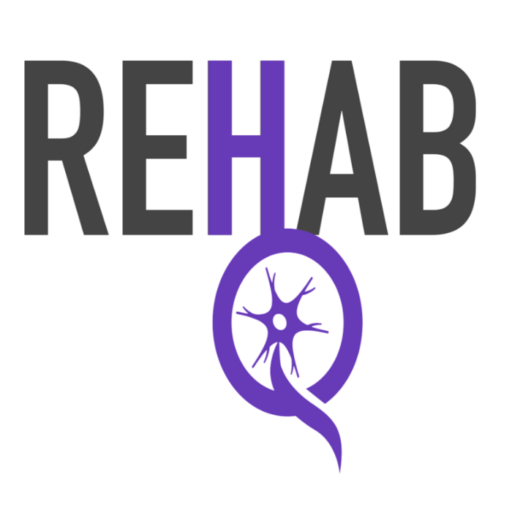I am not as important as I think I am. More broadly, physical therapists are NOT as important (to a rehab plan) as they may think.
No, seriously. Ok, maybe half seriously.
2020 has been “unprecedented” (I couldn’t resist 🙃). I did what I thought I would never do. Among other things, I joined “team Telehealth”. What I learned about myself and my patients WAS “unprecedented”………..
I am not as important as I think I am.
You see, we, physical tortur-ists (some will find that humerus 😉) can think that we are the answer to someone’s physical “ailment”. Speaking for myself, I rely heavily on my hands to facilitate a movement. That being said, my ego can sometimes trick me into thinking that my ability (to use my hands to facilitate a movement) is the critical component to someone’s success in rehab.
Enter 2020, a pandemic, a lockdown, and……….Telehealth.
Enter masks, toilet paper (or lack there of), and “14 days to slow the spread”. Yeah, remember that? Oh, but I digress…….
Gone were the days where I could just step in (at any moment) and “correct” a faulty movement. Gone were the days a patient could be “half present” (knowing that I would just correct “said movement”).
In other words, Telehealth, required a shift in how I delivered care. It was no longer about me using my hands to facilitate a movement. Additionally, it required a shift in how a patient received care. It was no longer about being a passive participate, but an active, engaged adult learner. Never was that more necessary.
This was a fascinating, yet humbling case study. Patients were exceeding my expectations. I observed more carry over from one session to the next. Not just the patient, but also with the family/caregiver training. Because unbeknownst to me (all these years), family members were also “half present”. 🤷🏻♀️ As a result, I learned something extremely fascinating and humbling.
I (more correctly, my manual skills) are not as important I think they are.
So, what exactly is the conclusion? No, I do not think Telehealth can replace face to face encounters. Case and point, my hands also identify “problems” my eyes can’t see. My hands can also be calming, and create a deeper connection. And yes, my hands also facilitate movement (an important component in the early stages of motor learning). On the other hand, maybe there is a learning lesson here. Too much “correcting” leaves little opportunity for error detection and self correction (equally important components of the motor learning process)
